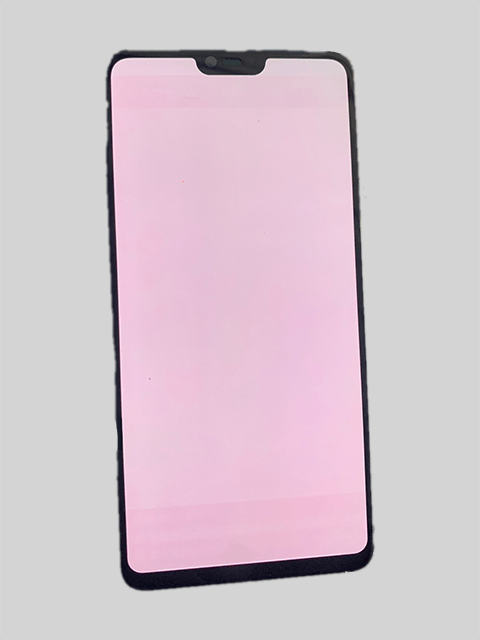Factors Affecting the Lifespan of Both Types of Screens
OLED Screen Lifespan
The lifespan of OLED screens is influenced by the degradation of organic light-emitting materials. Each pixel is composed of organic compounds that form light-emitting diodes, and these organic materials gradually degrade over time. There are two main degradation mechanisms: light-induced degradation and electrically-induced degradation.
- Light-induced degradation: OLED screens are exposed to light during usage, especially under high brightness. This light energy causes degradation of the light-emitting materials, affecting pixel brightness and color stability.
- Electrically-induced degradation: The brightness and color of OLED screens also degrade as current passes through organic materials. Prolonged display at high brightness accelerates this electrically-induced degradation process.

These two degradation mechanisms ultimately lead to two main issues: brightness decay and color shift.
The root cause of these issues lies in the short lifespan of the blue light-emitting material in OLED screens. For example, in AMOLED screens, the light-emitting materials are divided into blue, green, and red. If the blue light-emitting material is significantly depleted, it’s time to replace the screen, or else the color shift becomes very noticeable.
The short lifespan of the blue light-emitting material can also lead to a unique burn-in issue in OLED screens. Over time, due to severe depletion of the blue light-emitting material, distinctive patches may be left in the area where phone icons (or the status bar) are located, despite the fact that modern OLED screens have implemented many measures to mitigate this effect.
LCD Screen Lifespan
The lifespan of LCD screens is not affected by the degradation of organic materials because LCD technology does not rely on organic light-emitting materials. The main components of LCD screens are liquid crystal units, which control the transparency of light using an electric field to form images.
LCD screens may encounter the following issues:
- Pixel malfunction: Pixels in LCD screens may malfunction, leading to bright or dark spots, usually caused by hardware malfunctions.
- Uneven brightness: LCD screens may exhibit inconsistent brightness due to uneven backlighting or aging of the liquid crystal layer.
In summary, LCD screens tend to be more durable than OLED screens when displaying static images for extended periods. However, they may also experience other types of problems, such as pixel malfunction or uneven brightness. Nevertheless, with continuous technological advancements, manufacturers are striving to improve the lifespan and stability of both OLED and LCD screens.
Lifespan of OLED and LCD Screens
OLED Screens:
Conventional OLED screens (e.g., smartphones and TVs) typically have a lifespan ranging from five thousand hours to tens of thousands of hours under high brightness conditions. This means that under normal usage conditions, screen brightness and color stability will remain good without issues like ghosting or aging. Modern OLED screens often employ various technologies to extend their lifespan, such as pixel lifespan balancing algorithms, automatic screen brightness adjustments, and measures to prevent screen burn-in.
The lifespan of OLED screens may be shortened when displaying high brightness and static images, but they usually still last a considerable amount of time.
LCD Screens:
LCD screens generally have a longer theoretical lifespan, potentially reaching hundreds of thousands of hours or even longer. This is because LCD technology does not involve organic light-emitting materials for pixels, making pixel burn-in less likely. The lifespan of LCD screens may be affected by the backlight source, as the backlight tends to reduce in brightness or exhibit light leakage over time. However, this decrease typically occurs gradually rather than abruptly.
In conclusion
Due to differences in the principles of light emission and constituent materials, LCD screens have a longer lifespan compared to OLED screens. In some devices, the difference can be several times. The lifespan of both OLED and LCD screens largely depends on the manufacturer, model, and usage conditions, making it difficult to provide an exact lifespan. If you have concerns about the screen lifespan of a specific device, it’s recommended to refer to the manufacturer’s official specifications and warranty information for more precise data and assurances.